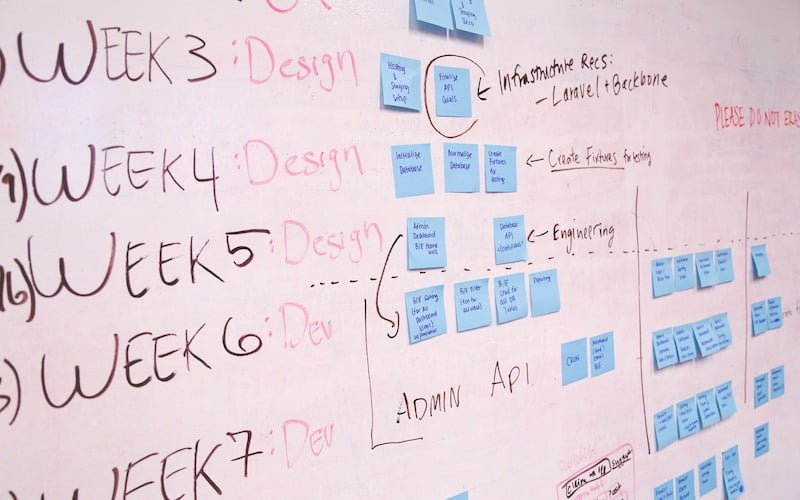
Hiring a Nearshore Agency? This ONE KPI Most People FORGET Could COST You BIG!

Did you know a single bad hire in the tech industry can cost your company up to 30% of that employee’s annual salary? That’s a hefty price tag, especially considering the fiercely competitive talent market. Imagine a crucial project nearing completion when a key developer walks out the door, taking valuable knowledge and momentum with them. This scenario, unfortunately, is all too common in the tech industry with its high talent turnover rates.
Partnering with a Nearshore agency offers a solution, providing access to a skilled and experienced workforce at a more cost-effective rate. However, to ensure a successful partnership and avoid costly disruptions, we recommend you to pay attention to key performance indicators (KPIs) like the Employee Net Promoter Score (eNPS).
The Impact of Developer Turnover
Here in the tech industry, we all know the pain of developer turnover. Studies show that replacing a mid-level developer can cost a company upwards of $150,000 due to recruitment fees, lost productivity while the position is vacant, and the additional costs associated with onboarding a new team member. A high eNPS with your nearshore agency can help mitigate these risks by indicating a happier, more engaged workforce is less likely to jump off the ship.
Beyond Productivity: The Importance of Employee Satisfaction
A high eNPS goes beyond just improved productivity. Imagine a disgruntled nearshore employee with access to your sensitive codebase. A happy and engaged workforce, as indicated by a high eNPS, is far less likely to engage in activities that could compromise your security.

What is eNPS?
The Employee Net Promoter Score (eNPS) is a simple yet powerful metric that measures employee loyalty and advocacy within a company. It asks employees a single, straightforward question: “How likely are you to recommend your employer to a friend or colleague?” Responses are then categorized on a scale of 0 to 10:
- Promoters (scores of 9 or 10): These are enthusiastic employees who are highly satisfied with their work environment and company culture. They’re likely to actively recommend the company to others, creating a positive buzz and attracting top talent. In the context of nearshore agencies, a high percentage of promoters translates to a more stable and engaged workforce at your nearshore partner, leading to better project outcomes for you.
- Passives (scores of 7 or 8): These employees are generally satisfied with their jobs, but they might not be actively going out of their way to recommend the company. While not ideal, passives in a nearshore agency aren’t necessarily a red flag. However, focusing on improving their experience and engagement can turn them into promoters, further strengthening your partnership.
- Detractors (scores of 6 or below): These are dissatisfied employees who are unhappy with their work environment and may even be actively bad-mouthing the company. In a nearshore agency, a high number of detractors can indicate low morale, potentially leading to higher turnover and decreased quality of work. This can negatively impact your projects.
Why is eNPS Important for Evaluating Nearshore Agencies?
By focusing on an agency’s eNPS, you gain valuable insights into the overall employee experience. A high eNPS suggests the agency prioritizes employee well-being, leading to a more engaged and productive workforce. This translates directly to several benefits for your company:
- Reduced Risk of Turnover: Happy employees are less likely to leave, minimizing disruptions and the associated costs of recruiting and onboarding new team members.
- Improved Project Quality and Efficiency: Engaged employees are more focused and productive, leading to fewer errors and faster project completion times.
- Stronger Client Relationships: Satisfied nearshore employees are more likely to provide excellent customer service, ultimately leading to stronger and more successful client relationships.
By understanding and monitoring the eNPS of your nearshore agency, you can gain valuable insights into the overall health of the workforce and make informed decisions about your partnership.

The Tangible Benefits of a High eNPS
A high eNPS with your nearshore agency translates into real-world benefits for your company:
- Enhanced Productivity: Engaged employees are 17% more productive, meaning your nearshore team can deliver projects faster and with fewer errors. This translates directly to cost savings and a faster time-to-market for your projects.
- Reduced Turnover: Lower employee turnover translates directly to lower recruiting costs and less time spent onboarding new team members. This frees up your resources and allows you to focus on core business objectives, like innovation and strategic growth.
Building a Strong Partnership Through eNPS
Partnering with a nearshore agency offers a cost-effective solution, but a happy and engaged workforce at your nearshore partner is essential for reaping the full benefits. The eNPS provides valuable insights into employee satisfaction, allowing you to identify potential issues and ensure a smooth and productive partnership.
By prioritizing eNPS and fostering a positive work environment, your nearshore agency can cultivate a team of highly skilled and motivated professionals. This translates directly to a more stable workforce, reduced turnover costs, improved project quality, and ultimately, your company’s success. So, don’t underestimate the power of eNPS – make it a key factor when evaluating and collaborating with your nearshore agency partners.
Building Bridges, Building Teams: The Collaborative Power of Nearshore Development
In the fast-paced world of tech, the war for talent is real. Attracting and retaining top developers is a constant challenge, impacting project timelines and innovation. Partnering with a nearshore agency offers a solution, providing access to a skilled workforce at a competitive rate. But the key to a truly successful partnership lies beyond just cost savings – it’s about employee satisfaction.
The eNPS provides valuable insights into employee sentiment at your nearshore partner. By prioritizing eNPS, you can ensure a happier, more engaged workforce, leading to numerous benefits for your company.
Considering a nearshore partnership? Understanding eNPS can be a valuable tool in your decision-making process. We encourage you to learn more about how eNPS can benefit your nearshore partnership. For a deeper dive or if you have any questions, don’t hesitate to contact us. We’re happy to discuss your specific needs and help you find the perfect talent for your software development needs.














